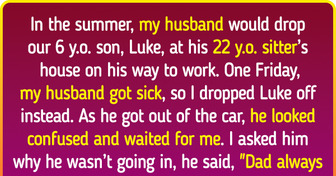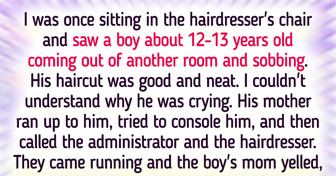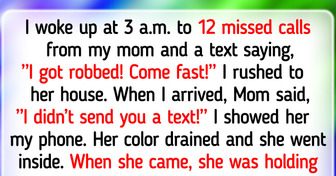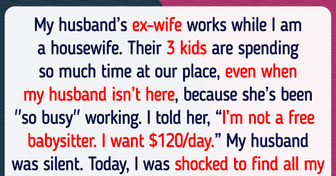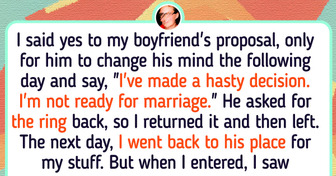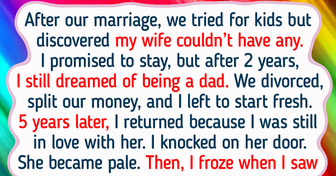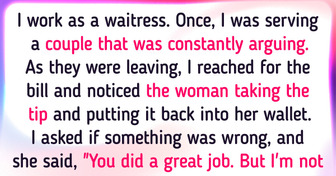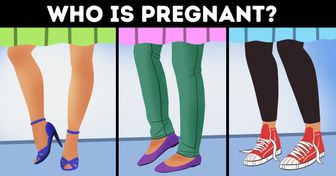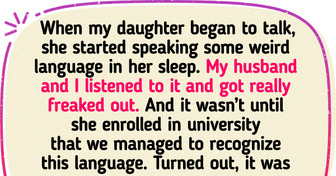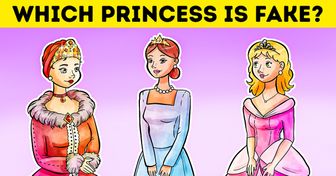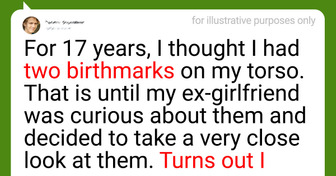10+ Cooking Stories That Go From Kitchen Disasters to Comedy Gold
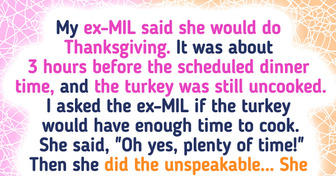
What’s your record on solving Rubik’s cube? Do you know the world record to solve the Rubik’s cube? Just 3.47 seconds! A Chinese speedcuber Yusheng Du set the record in 2018 on the World Cube Association competition. But there are two people who beat that record unofficially.
There are recordings of a 14-year-old Filipino speedcuber who solved it in 2.78 seconds, and a 12-year-old Chinese boy who managed to finish in 2.68 seconds. I bet you don’t know who invented the Rubik’s cube! It hasn’t been around for too long. Your grandparents didn’t have it growing up. A Hungarian sculptor Ernő Rubik [Air-no Ruw-bick] invented the cube in 1974.
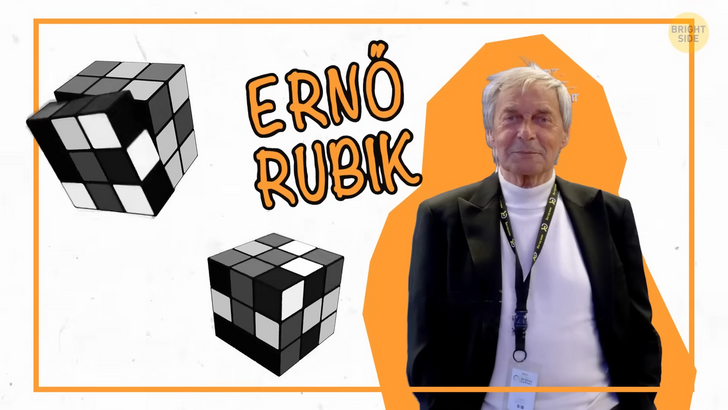
He is a designer, and he has always liked three-dimensional objects. At the age of 29, while just playing around with blocks and strings in his bedroom, Mr. Rubik created the cube’s structure. He got an idea to make the cube, used 26 different cubies, marked each side of it with stickers, and started to play around, rearranging them. The colors got mixed, which looked great and colorful.
But then, he wanted it back in order, with each side being one color. But bringing it back turned out to be a real catch. That’s when Mr. Rubik realized he had just invented a puzzle. What’s funny, is that it took Mr. Rubik a whole month to find a solution to his puzzle. His solution was based on aligning the eight corner cubies first. And then, he applied for the patent. The first Rubik’s cubes were produced in late 1977.
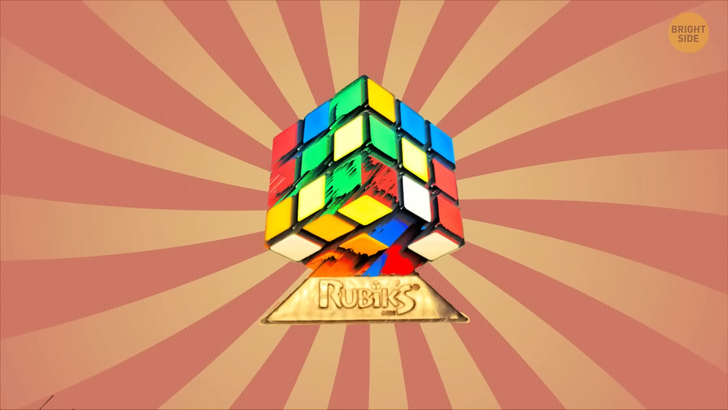
Do you know how the Rubik’s cube was originally called? — “Magic cube”, but later the name was changed to patent it in other countries. How many possible arrangements does the standard 3×3 cube have? 43 quintillion! Here’s the exact number [43,252,003,274,489,856,000]. To put it into perspective: if you turn it once a second, you will need 1.4 trillion years to go through all possible arrangements. It’s 100 times more than the universe existed.
It may sound surprising, but the Rubik’s cube wasn’t an immediate success. No one was interested in Rubik’s cubes because they were just stored in boxes on fairs, among other toys. But one seller saw their potential, and he decided to bet on the puzzle and promote it. The team started to present the cubes, showing how to solve it, and, soon enough, the cube became a raging success. Now, the Rubik’s cube is one of the best-selling toys in history, together with Hot Wheels, Barbies, Cabbage Patch Dolls, and Legos. Over the decades, over 450 million cubes were sold worldwide.
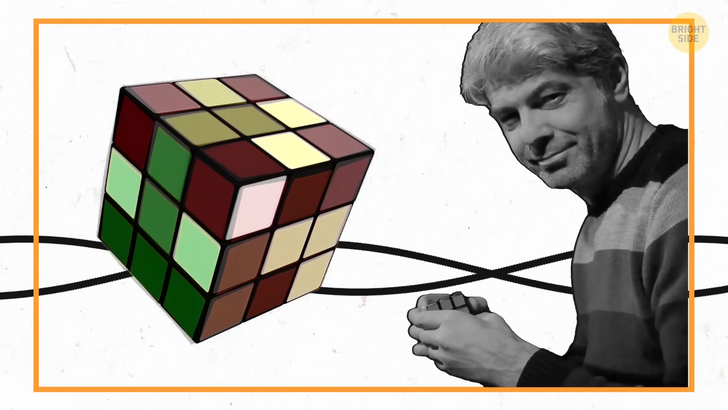
The first Rubik’s cube world record was set in 1982 by a student who solved it in 22.95 seconds. I have to admit that back in the day, this speed was unachievable because the original cube was way harder to rotate, which was significantly decreasing the speed. The modern models are way more upgraded: they have better rotation mechanisms, and magnets that allow the cubies to snap into position. This way, a speedcuber doesn’t have to rotate all the way and can perform up to 12 turns in just one second.
What do you think — how fast can a robot solve it? In 2018, a couple of MIT students built a Rubik’s cube-solving robot. It needed just 0.38 seconds. It has a considerable advantage in speed compared to humans: it can make 55 turns in a second, which is five times faster than a person. Another thing is that the machine solves the cube very accurately, every time placing the cubies precisely. Speedcubers use the technique when they “cut corners” to save time. It means that they don’t finish the turn before starting the next one since the next one will put the previous one into place anyway.
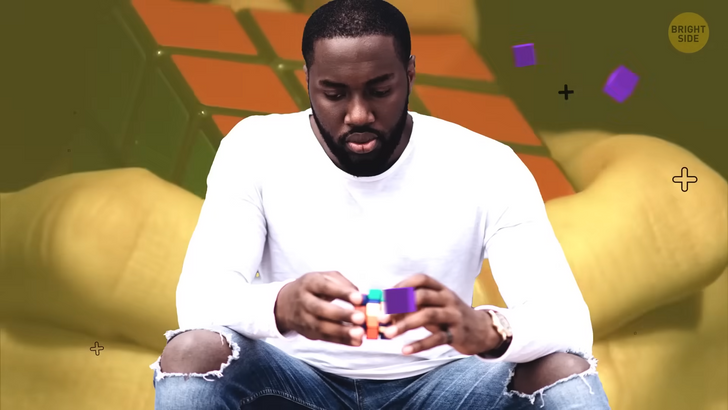
If humans could reach the machine’s speed, the fact of cutting corners due to limited precision will only make the cube break apart. But three seconds is still quite impressive. I can only do it for an hour, and if I have the cheat sheet on how to solve it. Did you know who else is obsessed with the cube except the teenagers? Mathematicians have been mesmerised by it for decades now. They’ve been busy trying to find the most efficient algorithm to solve the cube. There are many techniques: the original solution of Mr. Rubik himself is to first align the eight corners.
The most common one is to complete the top layer first. This one requires up to 120 twists to solve the puzzle. How many moves does the most efficient technique requires solving the cube? Mathematicians have calculated that that that would be 22 twists. Funnily enough, the technique hasn’t been discovered yet. So maybe you could be the one to come up with it. And, considering that it’s possible to make 12 moves in a second, you could then solve the cube in under two seconds and solve the new world record.
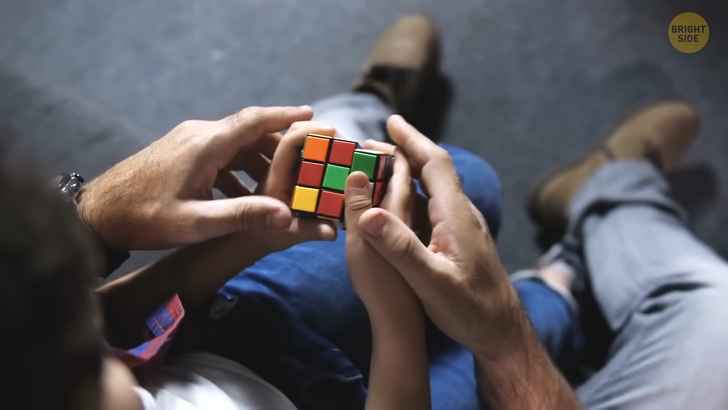
But yeah, the fastest technique yet discovered requires 52 twists. The fun thing about it is that, until the very end, the cube seems to be all messed up, and then suddenly, everything falls into place with just a couple of last twists. The technique was discovered by British mathematician Morwen B. Thistle, who came up with it using a computer and the rules of a group theory.
Did you know who wrote one of the best books for beginners to learn how to solve the Rubik’s Cube? It was written by a teenage boy! The book is called “You can do the cube”. In 1981, a 13-year-old schoolboy came up with a solution for the cube and created a cheat sheet for his friends, which was very simple and could be understood by novices. One of the friends showed it to his father, working in a publishing company. The father liked it so much that the boy turned it into a published book. It became a bestseller.
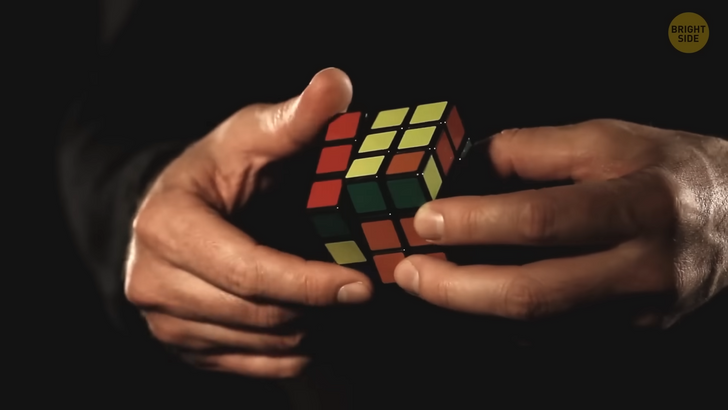
Have you heard of a Rubik’s snake? After the cube, Rubik kept producing toys. Unfortunately nothing could beat the success of the cube, but this snake is also quite popular, and you can twist it around to produce different shapes. Do you know that you can participate in speedcubing championships? The first one was organized by the Guinness Book of Records and was held in 1981 in Munich, Germany.
The next year, it was already a world championship held in Budapest. After the 1982 world championship, the next one only took place in 2003 in Toronto. Afterwards, there was a world championship every two years. Traditionally, each participant solved the cube five times, and the average on the middle three performances is counted as the final time and determines the winner. So, the record holder might not be the winner of the competition. But, of course, the record goes into history.
I bet you didn’t know that there are also other variations of solving events. One of them is blindfolded solving. The contestant first looks at the cube to determine the state of the cube and think of the strategy. Then, they get blindfolded and solve it. The time runs all the time: examining the cube before getting blindfolded and after it until the person solves the cube.
The record is 14.61 seconds. It was set, on March 23, 2022, in Orlando. Another variation is cube solving using only one hand. The record here is 6.83 seconds. The Rubik’s cube also has many variations. The standard one is 3×3x3. There is also a 4×4x4 cube called “Rubik’s Revenge”. It was invented in 1981, seven years after the original one. The record of solving this one is 17.42 seconds. The 5×5x5 cube is called “The Professor’s Cube,” and the record is 33.02 seconds.
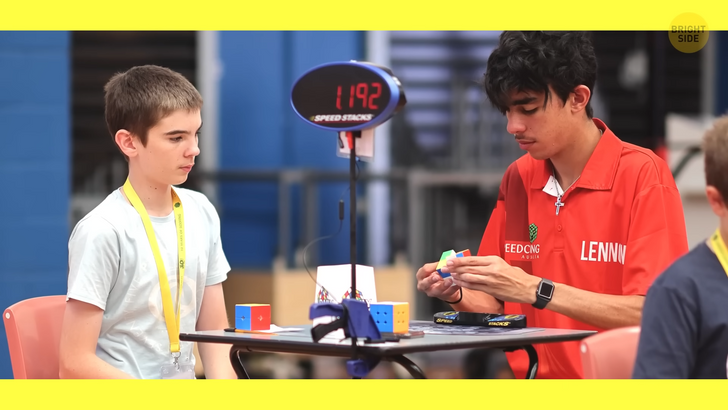
The 6×6x6 cube is called “V-Cube 6”, with a record of 1 minute and 9 seconds. The 7×7x7 is called a “V-Cube 7” with a record of one minute and 40 seconds. The records of all of these variations are helped by one person an American speedcuber Max Park. There’s also a 2×2x2 cube, a “Pocket Cube”. The record is held by a Polish speedcuber and stands at 0.49 seconds.
I was surprised, but, it turns out, to make the cube rotate faster, the contestants lubricate it with oil. It’s allowed to do it in the championship, too. And still, people find even more crazy ways to solve the cube. In 2003, Dan Knights solved the cube in 40 seconds during a free fall before opening the parachute.

